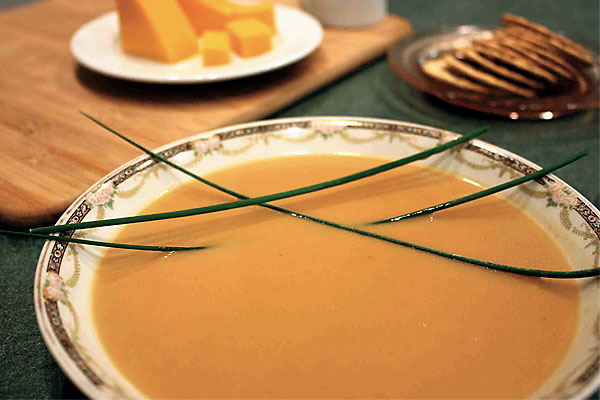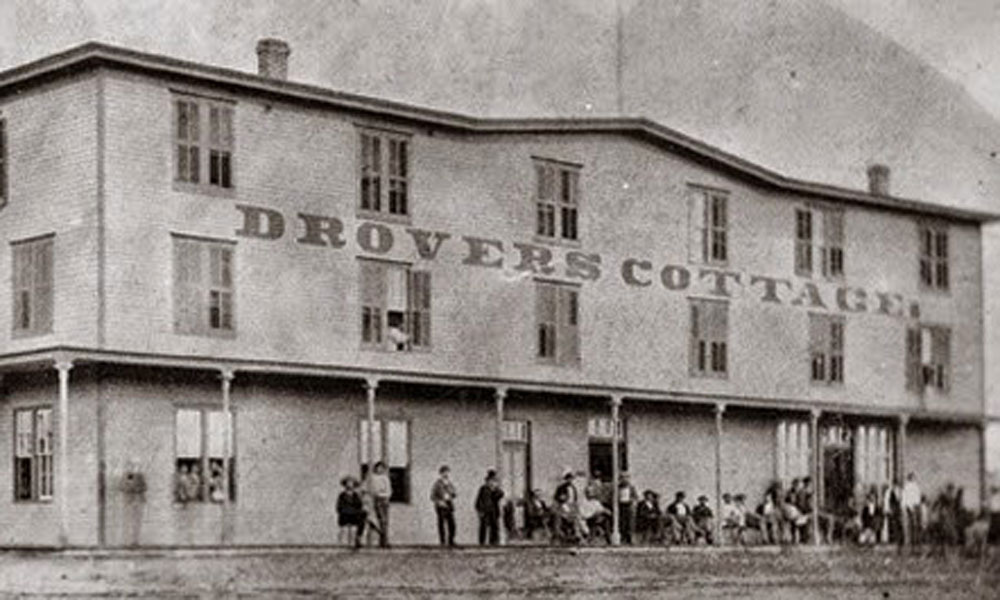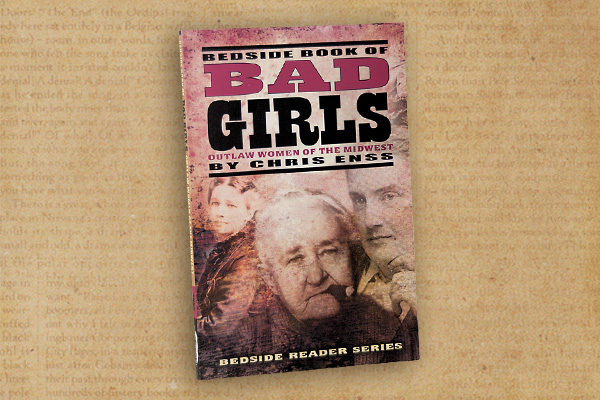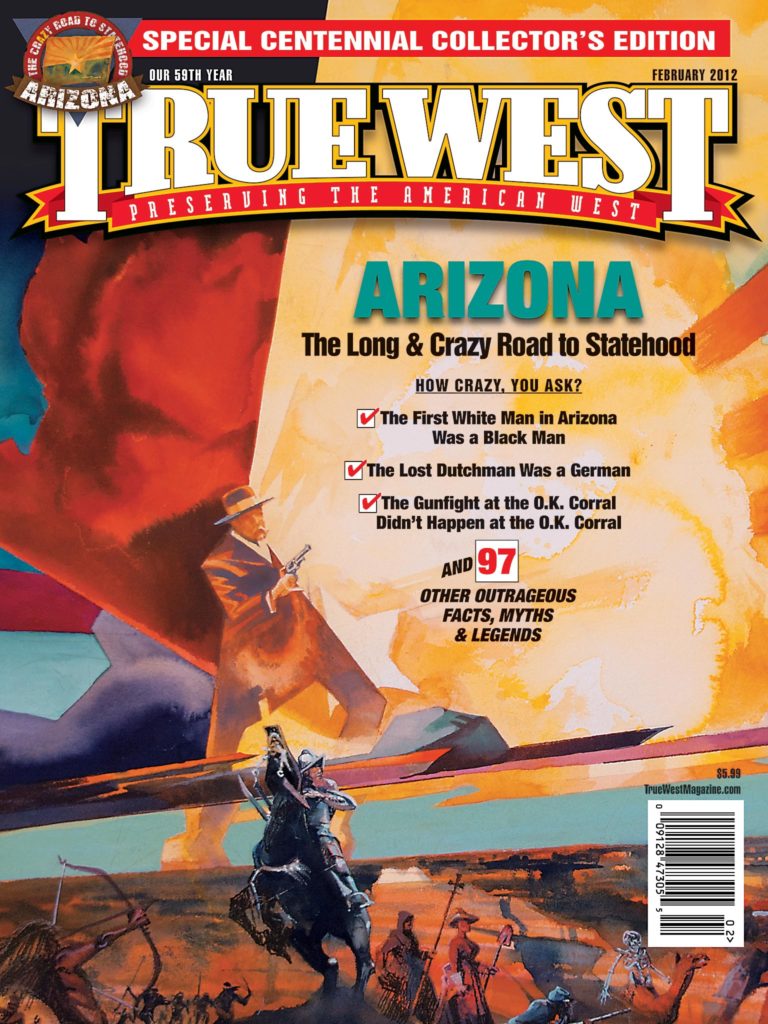 “There is never any sick among the travelers along the Santa Fe line on the eating houses. These are all owned and managed by Mr. Fred Harvey….”
“There is never any sick among the travelers along the Santa Fe line on the eating houses. These are all owned and managed by Mr. Fred Harvey….”
That was one heck of an endorsement from Denver, Colorado’s Daily News in 1892. It was like saying, “Eat here, and you won’t get sick!” Yet before Fred Harvey opened his lunchroom in 1876, train station eating houses were notoriously repulsive. Seeing a need and a way to make money, Harvey would vastly improve the dining experience for rail passengers who had before suffered with dangerous, barely edible food.
English-born Harvey landed in New York City in the 1850s, working his way up from a “pot-wolloper,” or dishwasher, to a line cook at the finest restaurant in Washington Street Market—Smith & McNell’s. While he washed pots, he watched his bosses and learned the ins and outs of the restaurant business. The lessons of handshake relationships and using fresh ingredients would propel Harvey’s epicurean future and make him the inventor of chain restaurants.
Harvey left New York for New Orleans, where he opened a restaurant, and then he made his way west to Missouri. By 1862, he was working the mail room car of the Hannibal & St. Joseph Railroad. By 1865, he was a sales agent for the North Missouri Railroad. As Harvey traveled the West for his job, he endured one disgusting meal after another, each often prepared with canned or preserved ingredients.
In early 1876 Harvey opened his first railroad eating house in Topeka, Kansas, along the Atchison, Topeka & Santa Fe Railroad. The functionality of his train depot restaurant was created from Smith & McNell’s, which offered two dining options—hearty-filling meals on the main floor, or more luxurious dining upstairs. Harvey patrons had the option of dining at the lunch counter or the jacket-required dining room. (Harvey instituted the “jacket required” policy; and yes, if you didn’t have one, he was the guy who started providing one for you!)
His second restaurant, in Florence, set him apart from everyone else. He hired the chef from the popular Palmer House in Chicago, and the Harvey empire began.
In 1883 Harvey and his Raton, New Mexico, manager instituted the all-female wait staff—the famous Harvey Girls. By the late 1880s Harvey and his girls were serving happy passengers from Chicago to California.
The days of canned and preserved foods were gone; passengers enjoyed a variety of freshly prepared meals they could depend on to be consistently good. While the patrons were always greeted by Harvey girls and freshly brewed coffee, the menus varied from station to station. Harvey did this so travelers wouldn’t have to eat identical meals.
Even though the menus varied, the standards did not. Harvey created procedures and recipe books to ensure all that (for instance, the chains were known for their tasty thin orange pancakes).
Shared here is a recipe for Cream of Wisconsin Cheese Soup, which was served at the St. Louis Union Station (and later at Kansas City Union Station) in the late 1800s. The soup eventually became President Harry Truman’s favorite!
Sherry Monahan has penned Taste of Tombstone, Pikes Peak, The Wicked West and Tombstone’s Treasure. She’s appeared on the History Channel in Lost Worlds, Investigating History and Wild West Tech.
Cream of Wisconsin Cheese Soup
12 saltine crackers
6 c. beef broth
3 c. sharp cheddar cheese, grated
3 T. flour
3 T. butter
1 c. light cream, warmed
1 T. Worcestershire sauce
sp. white pepper
Place the crackers into a 300° oven and toast for about 10 minutes.
Place two cups of the beef broth in a large saucepan and warm over medium heat. Add the cheese, stirring constantly as it melts. Add the remaining beef broth and simmer until smooth.
Meanwhile, in a small skillet over medium heat, make a roux by melting the butter and then adding the flour. Also, heat the cream over low heat in a small saucepan. When blended and smooth, add to the first mixture.
Continue stirring as you slowly add the cream, Worcestershire sauce and white pepper. Stir constantly at simmer for 15 minutes. Serve with toasted crackers.
***
Recipe and other historical details courtesy of author Stephen Fried, Appetite for America (Bantam Books, 2010)





